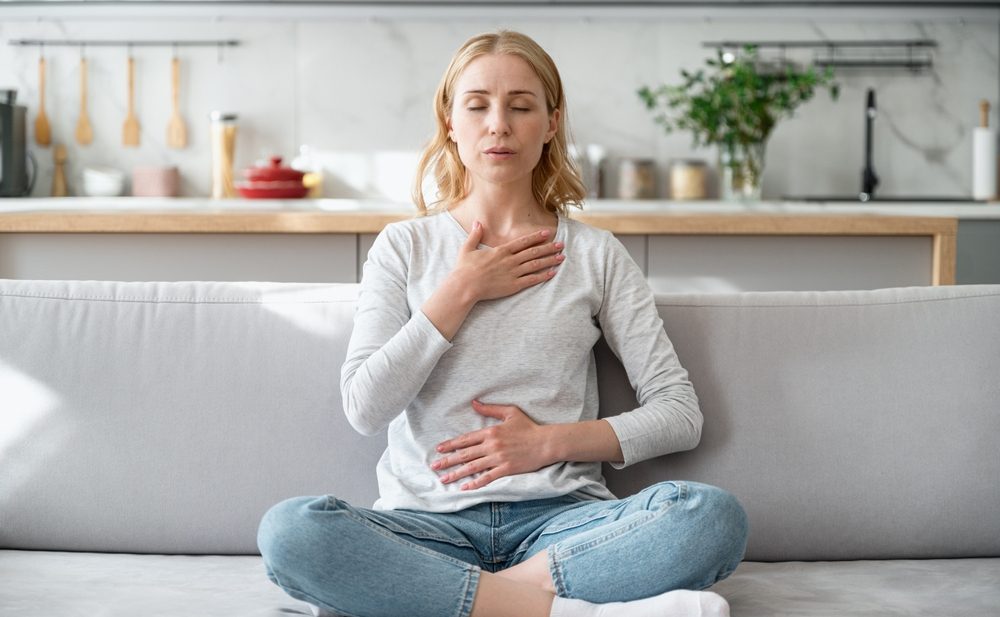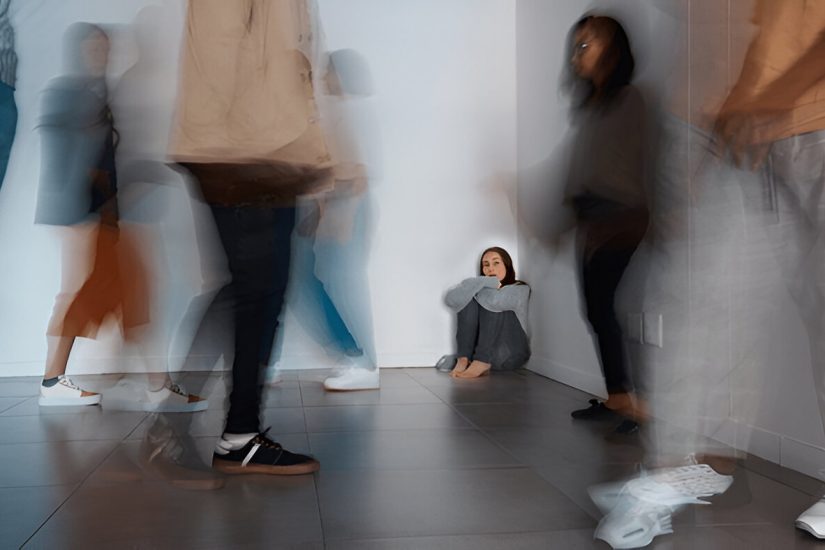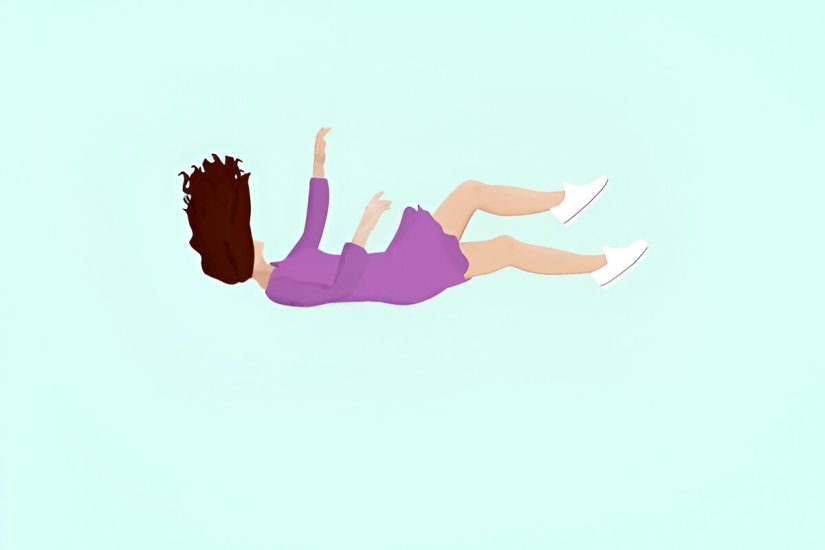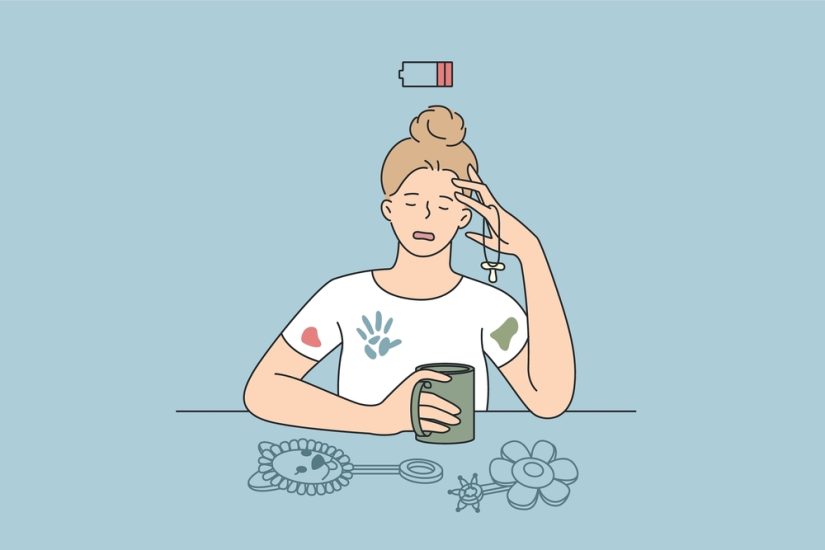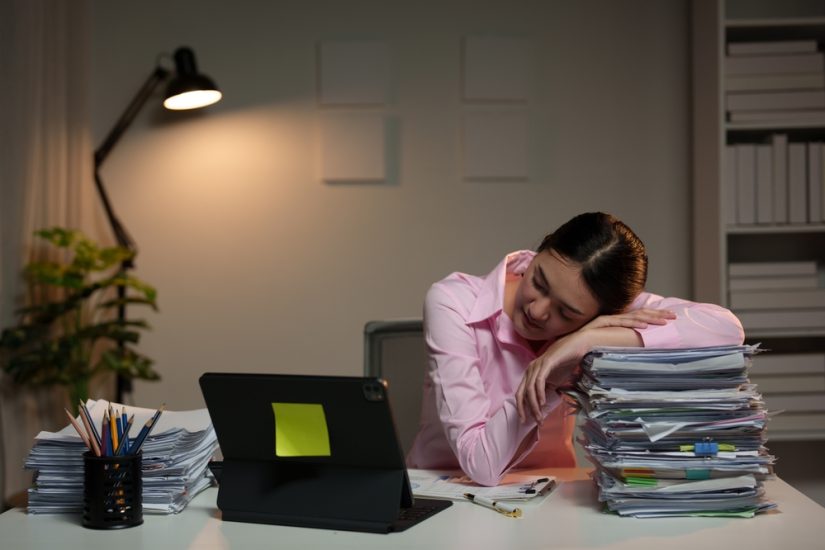- May 20, 2024
- by Shalini Murmu
- Anxiety
Have you found yourself in the middle of a busy workday, and suddenly, out of nowhere, your heart starts to race, your breath quickens, and you feel a sense of impending doom? Your hands tremble, and a cold sweat breaks out on your forehead. You’re in the midst of an overwhelming anxiety attack.
Anxiety attacks can strike without warning, leaving you feeling helpless and overwhelmed. But fear not, there are some techniques that can help you regain control and calm your mind. Here are 10 effective strategies to help you navigate these moments of intense anxiety that have been tried, tested, and proven to work for many.
- Deep Breathing : When anxiety hits, one of the most immediate ways to calm yourself is through deep breathing. Anxiety often causes shallow, rapid breathing, which can increase feelings of panic. By focusing on your breath, you can slow your heart rate and send a signal to your brain that you are safe.
How to do it:
- Settle into a comfortable position, either sitting or lying down.
- Rest one hand on your chest and the other on your abdomen.
- Inhale deeply through your nose for a count of four, allowing your abdomen to rise while keeping your chest relatively still.
- Hold your breath for a count of four, allowing yourself to fully immerse in the present moment.
- Exhale slowly through your mouth for a count of six, feeling your abdomen fall.
- Repeat this cycle several times until you sense a gentle wave of relaxation washing over you.
- Deep breathing works because it engages the body’s parasympathetic nervous system, which promotes a state of calmness.
- Grounding Techniques : Grounding techniques are designed to anchor you in the present moment, pulling you away from anxious thoughts and sensations. These techniques are especially useful because they can be done anywhere, anytime, and also during an anxiety attack.
One popular method is the 5-4-3-2-1 technique:
- Look around for 5 things you can see.
- Identify 4 things you can touch.
- Listen for 3 things you can hear.
- Notice 2 things you can smell.
- Focus on 1 thing you can taste.
- This exercise shifts your focus away from anxiety and onto your immediate surroundings, helping to reduce panic.
- Progressive Muscle Relaxation : Progressive muscle relaxation (PMR) is a technique that involves tensing and then slowly relaxing different muscle groups in the body. This can help reduce physical tension, which often accompanies anxiety.
How to practice PMR:
- Begin by focusing your attention on your toes, gradually moving upward through each muscle group in your body.
- Tense each muscle group for approximately five seconds, feeling the tension build and then release as you move to the next area.
- Release the tension and focus on the sensation of relaxation for 15-20 seconds before moving to the next muscle group.
- PMR helps to increase body awareness and can significantly reduce physical symptoms of anxiety.
- Visualization : Visualization, also known as guided imagery, involves creating a mental image of a place or situation that feels safe and calming. This technique can distract your mind from anxious thoughts and provide a mental escape to a peaceful place.
Steps for effective visualization:
- Gently close your eyes and allow yourself to take a series of slow, deep breaths, tuning into the rhythm of your breath as it flows in and out of your body.
- Imagine yourself in a place where you feel completely relaxed. It can be any place you find comfort in.
- Engage all your senses in the visualization. Take a thorough look of the colors, sounds, smells, and textures.
- Spend a few minutes immersed in this scene, allowing yourself to relax.
- Visualization can be a powerful tool because it leverages the mind’s ability to influence physical states.
- Mindfulness Meditation : Mindfulness meditation entails focusing your awareness on the present moment with an open and accepting attitude, free from judgment or criticism. It can be particularly effective in managing anxiety by helping you become more aware of your thoughts and feelings without being overwhelmed by them.
Basic mindfulness meditation practice:
- Seek out a peaceful environment where interruptions are unlikely.
- Sit in a relaxed position, ensuring your back is straight and your hands rest comfortably in your lap.
- Close your eyes and center your attention on your breath, allowing it to guide you into a state of calm.
- If your thoughts drift away, gently guide your focus back to your breath, anchoring yourself in the present moment.
- Practicing mindfulness regularly can help you build resilience against anxiety, making it easier to handle stressors when they arise.
- Physical Exercise : Exercise is a natural anxiety reliever. Engaging in physical activity boosts the release of endorphins, which are natural chemicals in the body known for their mood-enhancing properties. It also helps to burn off excess adrenaline and reduce stress hormones like cortisol.
Incorporating exercise into your routine:
- Strive to incorporate at least 30 minutes of moderate exercise into your routine on most days of the week.
- Activities like walking, running, cycling, or swimming can be particularly effective.
- Find an activity you enjoy, as this will increase the likelihood that you stick with it.
- Regular exercise not only helps to reduce anxiety at the moment but also contributes to long-term mental health.
- Journaling : Writing down your thoughts and feelings can be a therapeutic way to manage anxiety. Journaling provides an outlet for expressing your emotions and can help you identify patterns in your anxiety triggers.
Tips for effective journaling:
- Set aside time each day to write about your thoughts and experiences.
- Don’t worry about grammar or spelling; focus on getting your thoughts down on paper.
- Use your journal to explore potential solutions to your anxiety triggers.
- Journaling can serve as a release valve for pent-up emotions and offer new perspectives on your challenges.
- Aromatherapy : Certain scents have been found to have calming effects on the mind and body. Aromatherapy involves using essential oils to promote relaxation and reduce anxiety.
How to use aromatherapy:
- Lavender, chamomile, and bergamot are known for their calming properties.
- Use a diffuser to disperse the essential oil into the air.
- Apply a few drops to a cotton ball and inhale deeply.
- Consider adding a few drops to your bath or using aromatherapy candles.
- Aromatherapy can be a simple and effective way to create a relaxing environment and soothe your senses.
- Cognitive Behavioral Techniques : Cognitive-behavioral techniques (CBT) involve identifying and challenging negative thought patterns that contribute to anxiety. By reframing these thoughts, you can change the way you respond to anxiety-provoking situations.
Basic CBT steps:
- Recognize the negative thoughts contributing to your anxiety.
- Challenge the validity of this thought. Ask yourself if it is based on facts or assumptions.
- Replace the negative thought with a more realistic and positive one.
- For example, if you find yourself thinking, “I can’t handle this,” replace it with, “I can handle this, and I have done so before.“
CBT is a powerful tool that, when practiced regularly, can significantly alter your response to anxiety.
- Seek Social Support : Anxiety can feel isolating, but it’s important to remember that you don’t have to face it all by yourselves. Reaching out to friends, family, or support groups, or in short, your comfort people can provide emotional support and practical advice.
Ways to seek support:
- Talk to a trusted friend or family member about what you’re experiencing.
- Join a support group for people with anxiety.
- Consider seeing a therapist for professional guidance.
- Social support can provide a sense of connection and remind you that you are not alone in your struggles.
Navigating through an anxiety attack can be challenging, but these techniques can provide you with tools to manage and reduce the intensity of your symptoms. Remember that everyone is different, so it may take some trial and error to find which methods work best for you. If you find that your anxiety attacks are frequent or severely impact your quality of life, it might be time to seek professional help.
If you or someone dear to you is struggling with anxiety and is in need of guidance to recovery, reach out to North America Behavioral Health Services. Our team of qualified experts will get you connected to mental health recovery centers at your nearest locality. Chase your anxiety with expert assistance.



